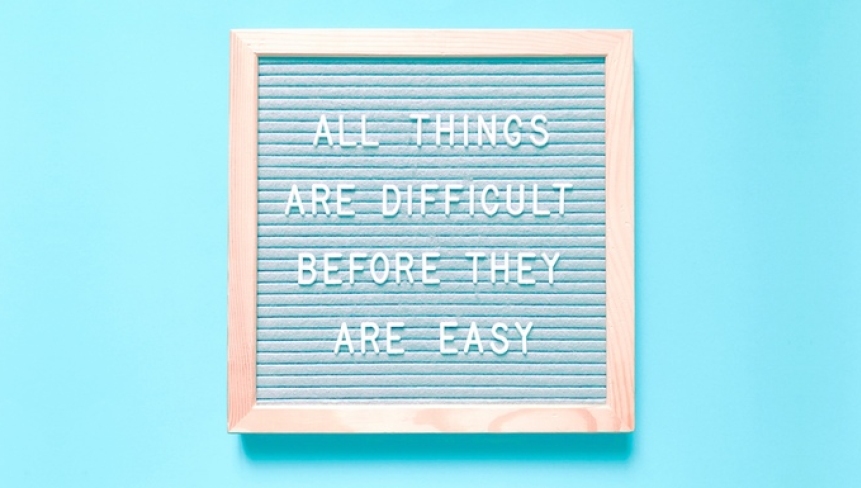Staying motivated to change can be a challenge! It’s too easy to fall into old patterns and habits. It can be difficult to remain committed to change because change can be a complex process that requires effort, discipline, and perseverance. Sometimes, people need more motivation to change, and with a clear and compelling reason, it can be easier to stay committed. Negative self-talk, such as negative thoughts and self-doubt, can erode commitment and motivation.
Thinking, feeling, and acting are interrelated processes that shape our behaviour, and they often become so habitual in our busy lives that we are no longer mindful of them. We lose control of being intentional about the direction our lives are taking - and this often shows up in our finances. Therefore, it is important to be aware of our thoughts and feelings and how they influence our actions, especially concerning financial behaviour.
Do you often reach the end of your day and feel like, regardless of how busy you’ve been, you still don’t feel productive? It’s all too easy to begin our day in our emails and allow all the interruptions of ‘urgent messages’ to run our entire day. These digital distractions can seriously affect our productivity. The constant notifications and easy access to social media and other websites can lead to procrastination, reduced focus, and decreased efficiency. It's important to set boundaries and limit distractions in order to be more productive.
People have a wide range of feelings and perspectives regarding investing. Some view investing as a way to grow wealth and secure a financial future, while others may view it as too risky or complex. Some of us are confident in our investment knowledge and feel comfortable making decisions independently, while others prefer to seek guidance from financial advisors or investment professionals. Still, others may feel nervous about the stock market and prefer to put their money in lower-risk investments such as bonds or savings accounts.
Our minds are extraordinary. The human brain has evolved to solve complex problems and successfully manage unexpected situations, and yet, coping is less about what is happening in the world and more about how our senses decipher the situation.
Vincent van Gogh is quoted as saying: "Great things are done by a series of small things brought together." This quote highlights the idea that even the smallest actions or details can contribute to the creation of something significant. Focusing on and taking care of the small things can achieve big results over time.






